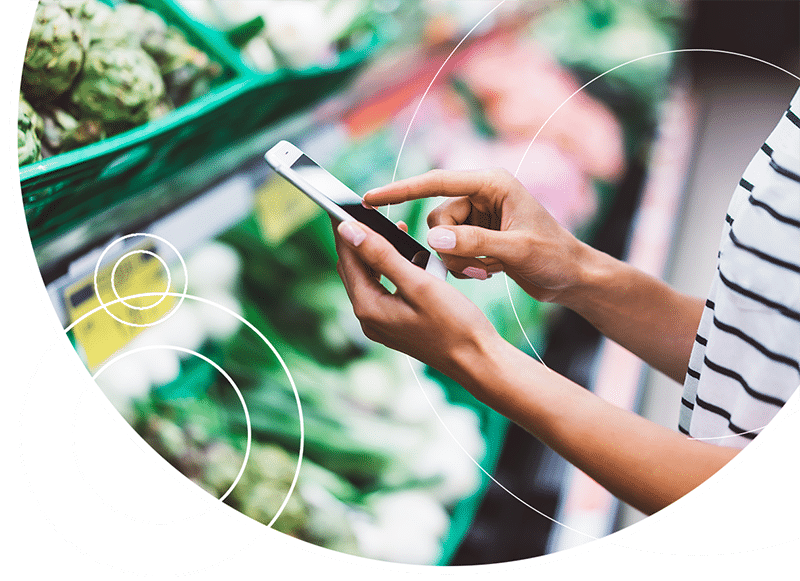At first glance, new technology always seems like a good idea. It’s bright, it’s shiny, and with any luck it addresses a business challenge that needs to be solved in short order. But with anything new, there is always unforeseen consequences. One need only look as far as the United States Democratic Party’s mobile app designed to make the Iowa Caucus easier for participants—we all know how that turned out.
So, knowing that the road to Three-Mile Island was paved with good intentions, the not-so-new but frequently introduced self-checkout that is now permeating the world’s shopping experience is in fact repaving the proverbial road to become a soon-to-be-melting-down reactor.
The concept of self-check on the surface seems like a good idea. It delivers a choice for shoppers who may have very few items to potentially skip longer lines. Or, on the flip side, those who have too many items and don’t want to interrupt the cashiers who are catering to those with fewer items. Not bad, right? Well, not so much.
First, the question must be asked: why we all get to still pay a premium for shopping in a brick-and-mortar store, but have to simultaneously act as our own cashier? Shouldn’t we as shoppers be at the very least compensated for being a short-term employee at the store?
But that is not the worst of it. By implementing self-checkout, the retailer has removed a key element of the experience—human interaction. And without human interaction, the retailer loses invaluable opportunities to build loyalty, to up-sell and cross-sell, to assist and educate the customer—they learn nothing about the customer experience.
So what’s the alternative? Scan & Pay—or even better, Scan & Learn—can be a far better solution and a potential new business driver that will solve the self-checkout dilemma. Now, I know what you’re thinking. How can a mobile app that enables people to scan and pay for things right in the aisle be any better than self-checkout? After all, isn’t it the same thing just applied to a mobile device? And if that’s what you’re thinking, you’d be right. But actually only half right. Though scan and pay enables the shopper to physically scan items, pay for them, and leave, the one crucial point in the equation, one that is lacking in the self-checkout model, is data.
For every item scanned through a scan and pay solution, the retailer is gaining valuable insight into that customer’s likes, wants, habits, and so on. That data can then be evolved into two distinct scenarios to boost sales and loyalty. First, it can grow from scan and pay to the aforementioned scan and learn—the functionality delivered through an app that allows for a far greater personalized experience and data gathering. This all leads to single-user-profile data that can be further leveraged for 1:1 marketing and engagement purposes.
Second, all of that single-user-profile data can also be handed off to in-store sales teams to enable them to better engage personally with the customer. Technology that once was perceived as eliminating personal interaction, instead fosters far more of it by delivering much more relevant offers, promotions, and even rewards for the best customers—that’s their compensation for being a short-term employee.
The idea that people can experience self-checkout is actually good. The way it has been implemented happens to be terrible. A simple shift in the technology used to make self-checkout happen is the difference between eventual brand abandonment and a never-before-seen level of brand engagement and significant gains for the business.
The question is, should retailers prefer to save a little money through a short-sighted technology implementation, or should they embrace technological change to better connect with their customers? Oh, and do I know what rhetorical means?

Andrew Armstrong
Chief Customer Officer
Andrew Armstrong is the Chief Customer Officer at omNovos – working globally with customers to design world-class customer engagement programs. He’s a prolific writer and speaker on topics including customer loyalty, personalization, and retail marketing technologies. Connect with him on LinkedIn or Twitter - his open approach to all topics usually leads to a fun discussion and a few laughs.

